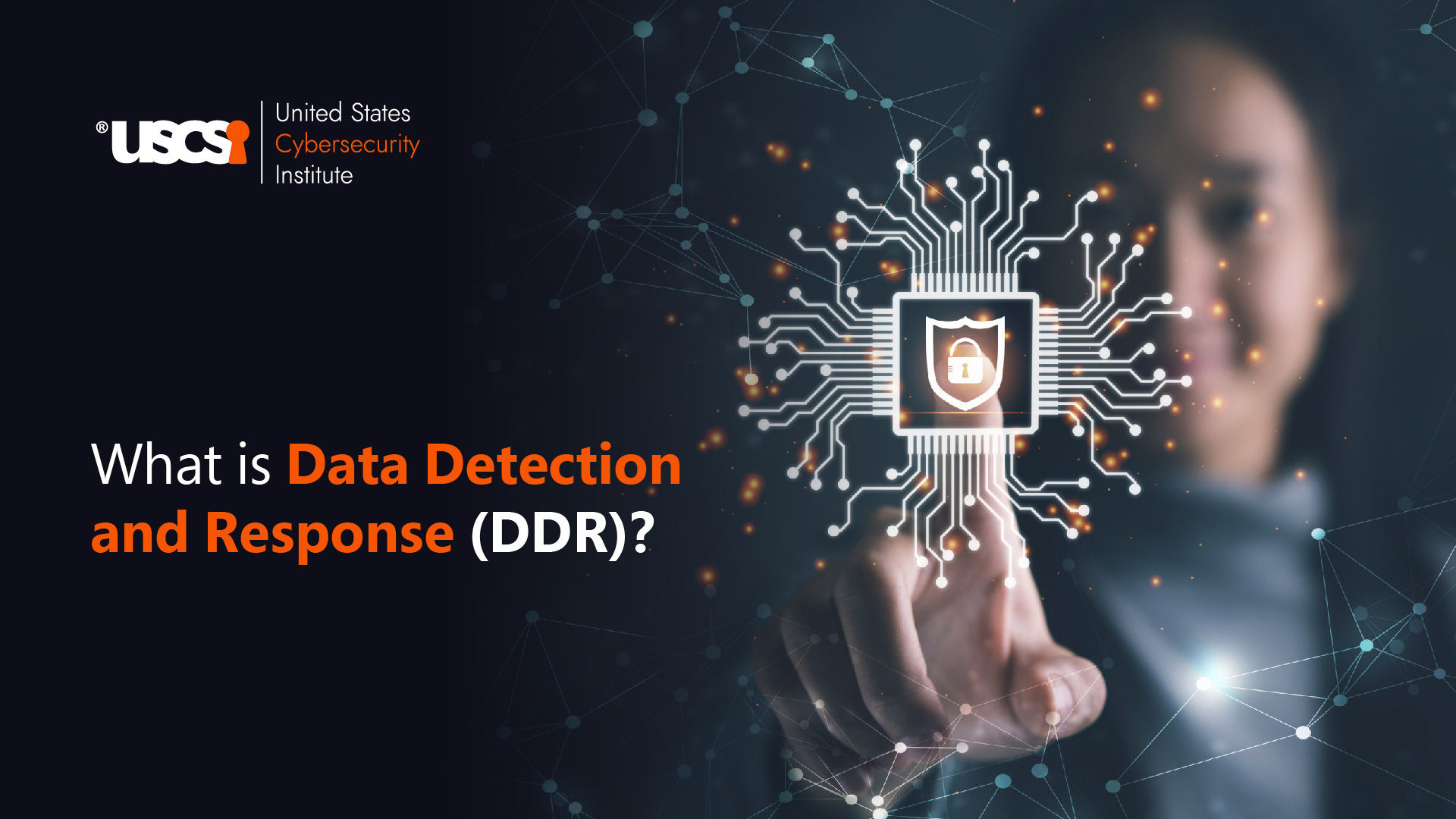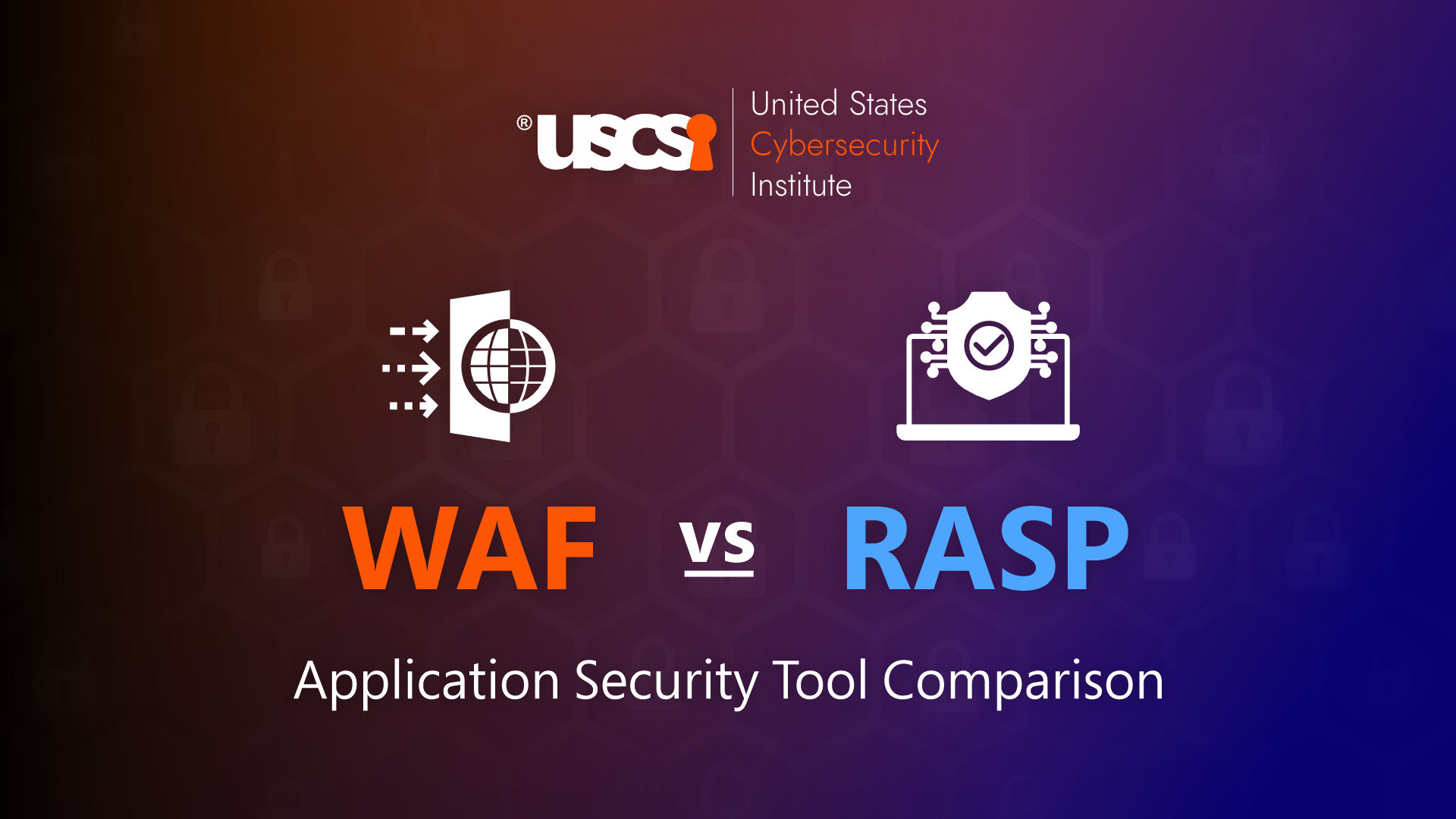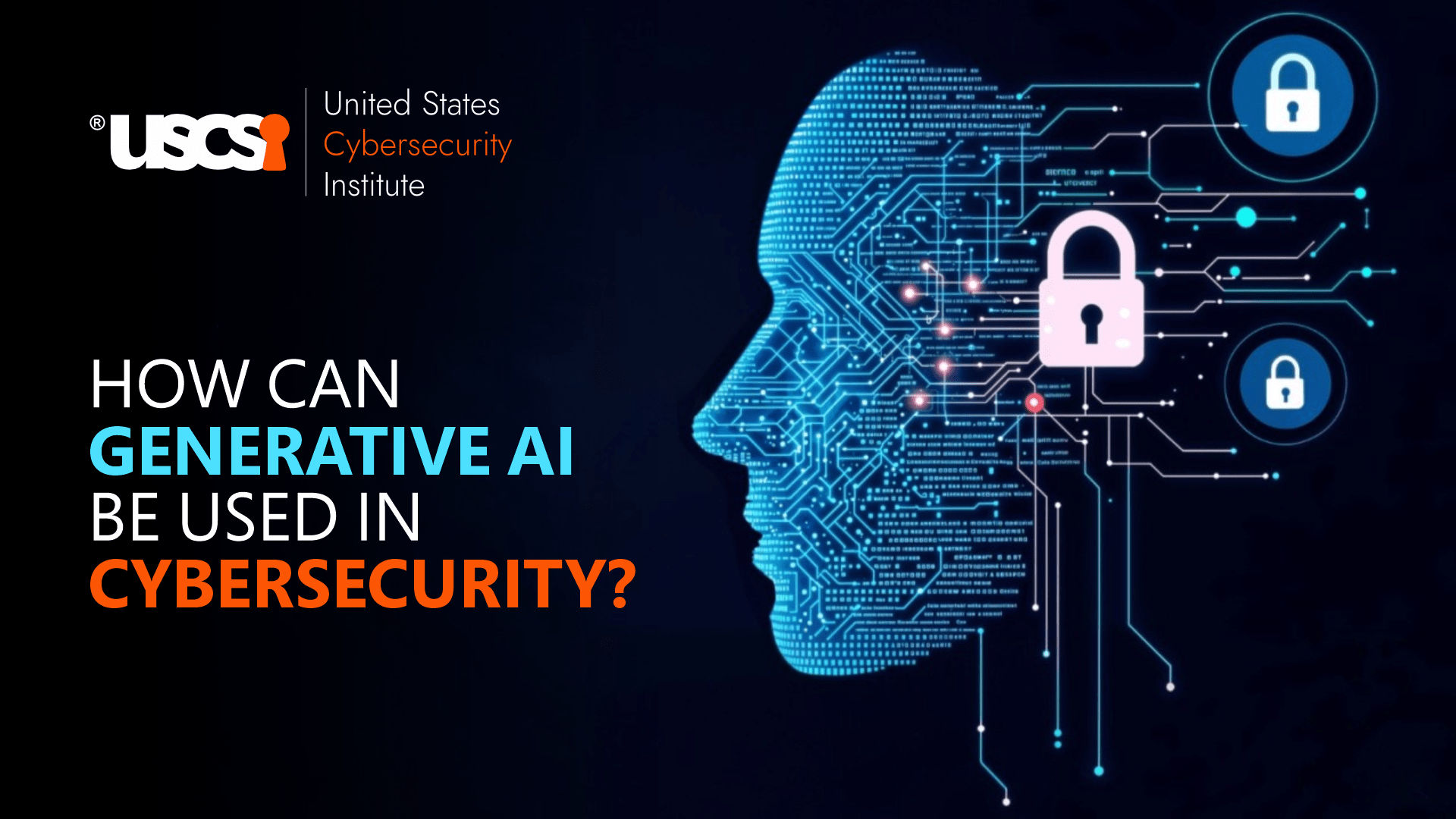

What is Data Detection and Response (DDR): Working, Benefits, and Importance
Data breaches have become one of the most common forms of cyberattack, and vulnerable data is the prime target for cybercriminals due to the immense value they hold. Therefore, the importance of data security in today’s highly interconnected world cannot be understated.
There are numerous ways to detect and protect an organization’s critical infrastructure and sensitive information. Cybersecurity professionals employ a lot of advanced cybersecurity tools and techniques to keep these valuable assets safe and secure. One such important technology is Data Detection and Response (DDR).
Do you know, the average cost of a data breach after they were disclosed by the attackers amounts to $5.53 million? And this cost is significantly reduced to $4.55 million when the data breach was identified, the security team or efficient tools.
This highlights how important threat detection and response tools are in detecting threats in real time and helping cybersecurity professionals react promptly.
The data detection and response (DDR) refers to the technology that monitors and protects data across all formats and at all places, be it cloud, multiclouds, or on-premises.
In this comprehensive guide, USCSI® talks about this incredible technology and its importance in keeping data safe. It also discusses various stages of its working, its differences with other techniques like TDR and DSPM, the applications and drawbacks of DDR tools, and more. It can be a valuable resource for you in your cybersecurity career.
Download your copy now and enhance your understanding of DDR.





